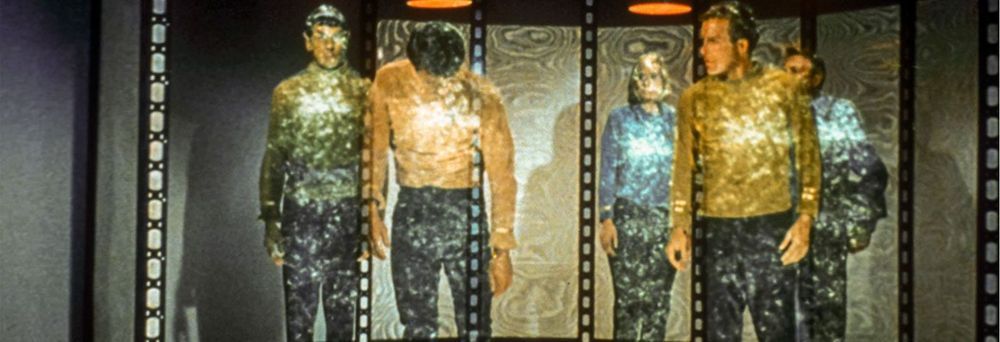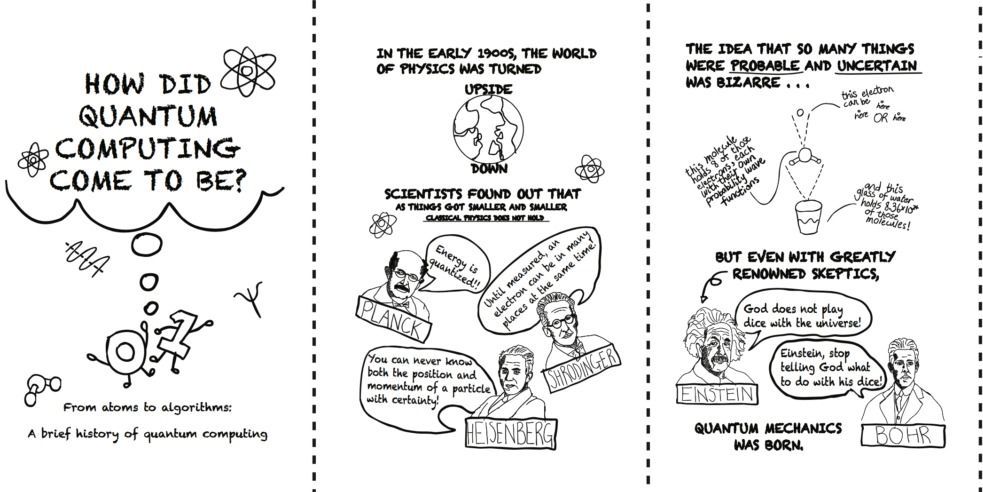The price skyrocketed after an Elon Musk tweet.



Could be used for quasar propulsion: 3.
It seems the universe has an odd sense of humor. While a crown-encrusted virus has run roughshod over the world, another entirely different corona about 100 million light years from Earth has mysteriously disappeared.
For the first time, astronomers at MIT and elsewhere have watched as a supermassive black hole’s own corona, the ultrabright, billion-degree ring of high-energy particles that encircles a black hole’s event horizon, was abruptly destroyed.
The cause of this dramatic transformation is unclear, though the researchers guess that the source of the calamity may have been a star caught in the black hole’s gravitational pull. Like a pebble tossed into a gearbox, the star may have ricocheted through the black hole’s disk of swirling material, causing everything in the vicinity, including the corona’s high-energy particles, to suddenly plummet into the black hole.

‘Everyone’s been vaccinated around here anyway’ joke…
Published by Associated Newspapers Ltd.
Part of the daily mail, the mail on sunday & metro media group.

While the Wuhan district in China was under quarantine, news surfaced of robots delivering food and, later, medical supplies. Meanwhile, in the United States, the French company NAVYA configured its autonomous passenger shuttles in Florida to transport COVID-19 tests to the Mayo Clinic from off-site test locations. As the weeks of stay-at-home orders and recommendations slip into months, the delivery robots that were seen as a joke, fad, or nuisance have in some instances found a way into the public consciousness as important tools to combat the spread of coronavirus. The question is, will their usefulness extend post-lockdown?

In 2005, the obituary of physicist Asher Peres in the magazine Physics Today told us that when a journalist asked him if quantum teleportation could transport a person’s soul as well as their body, the scientist replied: “No, not the body, just the soul.” More than just a simple joke, Peres’ response offers a perfect explanation, encoded in a metaphor, of the reality of a process that we have seen countless times in science fiction. In fact, teleportation does exist, although in the real world it is quite different from the famous “Beam me up, Scotty!” associated with the Star Trek series.
Teleportation in real science began to take shape in 1993 thanks to a theoretical study published by Peres and five other researchers in Physical Review Letters, which laid the foundation for quantum teleportation. Apparently, it was co-author Charles Bennett’s idea to associate the proposed phenomenon with the popular idea of teleportation, but there is an essential difference between fiction and reality: in the latter it’s not matter that travels, but rather information, which transfers properties from the original matter to that of the destination matter.
Quantum teleportation is based on a hypothesis described in 1935 by physicist Albert Einstein and his colleagues Boris Podolsky and Nathan Rosen, known as the EPR paradox. As a consequence of the laws of quantum physics, it was possible to obtain two particles and separate them in space so that they would continue to share their properties, as two halves of a whole. Thus, an action on one of them (on A, or Alice, according to the nomenclature used) would instantaneously have an effect on the other (on B, or Bob). This “spooky action at a distance”, in Einstein’s words, would seem capable of violating the limit of the speed of light.


Let’s face it, getting older sucks, and not because of all the extra candles on the birthday cake. Getting cake and presents every year is great, but the loss of health and independence isn’t a particularly good birthday present. (Wow, what’d I get this year? Just what I didn’t want: sarcopenia and hearing loss!)
Given the downsides of aging, it really is surprising how little people talk about it beyond the odd grumble or even as a joke. Normally, it’s to complain about the aches and pains that gradually appear as the years roll by, as we find it harder to walk up the stairs and “bright-eyed and bushy-tailed” turns into “cloudy-eyed and with an aching back”.
That’s not even the serious side of aging, which involves the gradual loss of independence and the age-related diseases that first rob us of our quality of life before they get around to killing us. The serious part is the horror of Alzheimer’s and the loss of self that it brings, the heart disease that cripples us, the frailty that steals our independence, and the lurking threat of cancer that rises dramatically as we age.

Still baffled by quantum computing? How about turning to comic books (graphic novels for the well-read among you) for some clarity and a little humor on QC. The National Science Foundation has done just as part of its EPiQC (Enabling Practical-scale Quantum Computing) program. So far eight Zines have been created with more to come.
Comic books offer approachable ways to convey both humor and information. One might think that comic books would not be able to convey complex information like the ideas behind QC. In this case, one would be wrong, at least for one as creative as the University of Chicago s Diana Franklin, as part of the National Science Foundation (NSF) funded EPIQC Expedition in Computing, wrote Mark Hill of the University of Wisconsin-Madison in a recent blog for Computing Community Consortium, run by NSF.
In particular, Diana and colleagues have developed eight, with more coming, zines that are comic-book-like pamphlets obtained by printing and folding a single sheet of paper. The topics include quantum notation, superposition, and history. In my humble opinion, these are great examples of the synergy possible with research and education done together. Enjoy! .

After decades of not happening, fusion power finally appears to be maybe possibly happening.
The joke has been around almost as long as the dream: Nuclear fusion energy is 30 years away…and always will be. But now, more than 80 years after Australian physicist Mark Oliphant first observed deuterium atoms fusing and releasing dollops of energy, it may finally be time to update the punch line.
Over the past several years, more than two dozen research groups—impressively staffed and well-funded startups, university programs, and corporate projects—have achieved eye-opening advances in controlled nuclear fusion. They’re building fusion reactors based on radically different designs that challenge the two mainstream approaches, which use either a huge, doughnut-shaped magnetic vessel called a tokamak or enormously powerful lasers.
What’s more, some of these groups are predicting significant fusion milestones within the next five years, including reaching the breakeven point at which the energy produced surpasses the energy used to spark the reaction. That’s shockingly soon, considering that the mainstream projects pursuing the conventional tokamak and laser-based approaches have been laboring for decades and spent billions of dollars without achieving breakeven.
